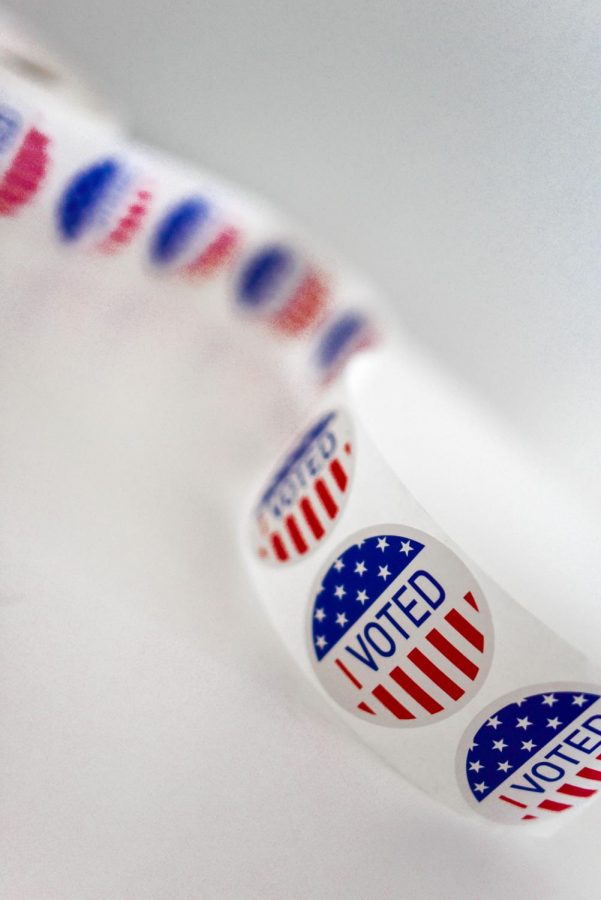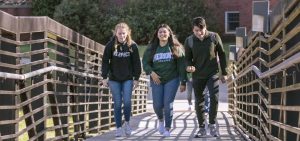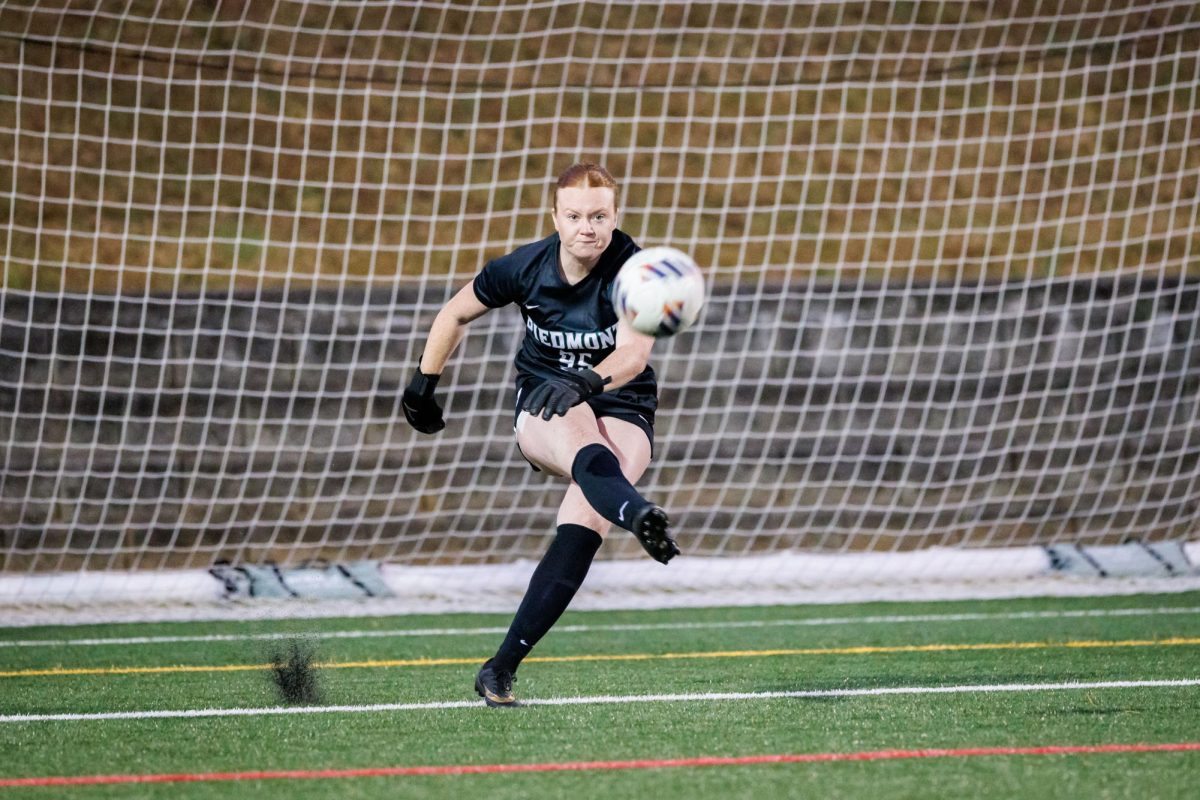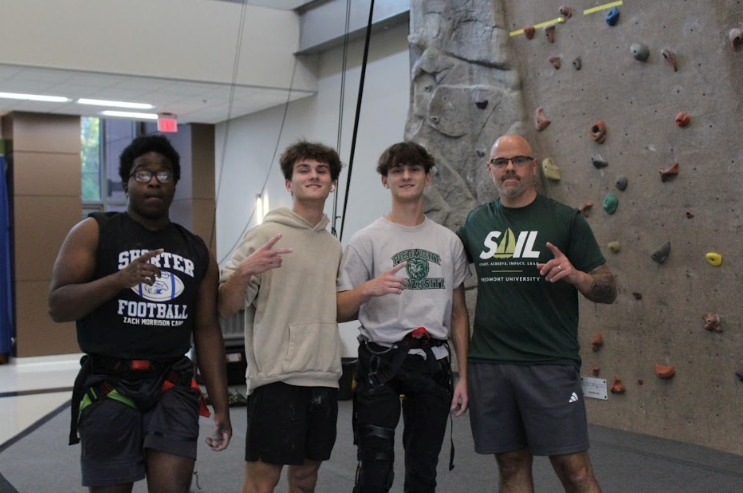Presidential Election Sparks Concerns Over Voter Integrity
All but four states are allowing voterto apply for absentee ballots due to the rise of COVID-19 PHOTO / UNSPLASH
October 17, 2020
The election next month will be the first time many Piedmont students are eligible to vote for President, but COVID-19 has raised several new obstacles for first-time voters to jump over in order to make their votes count.
Since the legal voting age was lowered to 18 during the 1972 election, student voter participation has been steadily decreasing. However, during the 2016 election the 18-29 year old age group was the only one to break the downward trend, increasing by four percentage points. Even so, according to the U.S. Census Bureau, only 41.6 percent of potential young voters turned out to the polls.
Despite the percentage of 18-29 year old participating voters remaining under 50 percent, the age group has held its upward trend throughout the past few elections. In the 2018 midterms, nearly 40 percent of eligible young voters cast their votes–a far cry from the mere 19 percent participation from the same age group in 2014.
However, there have been some concerns raised about whether or not this trend will continue in the 2020 election which is now less than a month away. All but four states are allowing all voters to apply for absentee ballots due to the rise of COVID-19, and many eligible voters have expressed their unwillingness to risk their health by visiting the polls in person. According to a recent poll conducted by NextGen America, a majority of young voters feel underprepared–both in resources and in knowledge–to vote via mail-in ballot.
These claims may not be entirely off-base. According to research done by NPR more than 550,000 mail-in ballots were rejected during the 2020 primaries, a majority of which belonged to younger, first-time voters. In total, 40-70 percent of voters are expected to vote by mail during this election, meaning that the overall number of rejected ballots could notably increase.
For any first-time absentee voters, there are several mistakes to be careful of when filling out a mail-in ballot. Students are encouraged to finally make applicable use of the “bubbling” technique they honed during countless Scantron tests in high school. As many will remember from standardized testing, be careful not to make any stray marks, fill in only one bubble per office, and follow all instructions on the ballot itself religiously.
Also, to quote every teacher ever, please don’t forget to write your name on the front of your paper. Each ballot envelope requires a signed affidavit on the envelope containing the ballot which verifies the voters identity. If the voter fails to sign his or her name when prompted, the ballot will be rejected and the vote will not be counted. The ballot may also be rejected if the voter signs using a different signature than the one his or her state has on file. This has also been projected by some experts to cause a potential problem for young voters, because signatures most often change during early adulthood.
Other factors that may endanger the chance of a mail-in ballot being validated include a failure to include all of the necessary additional documentation, mailing your completed ballot in too late, and otherwise failing to follow the instructions laid out in your mail-in ballot packet. An absentee ballot is a way for any young voters who don’t want to risk going to the polls in-person to still make their voice be heard during this election, but diligence is necessary to make sure that each vote gets counted.













